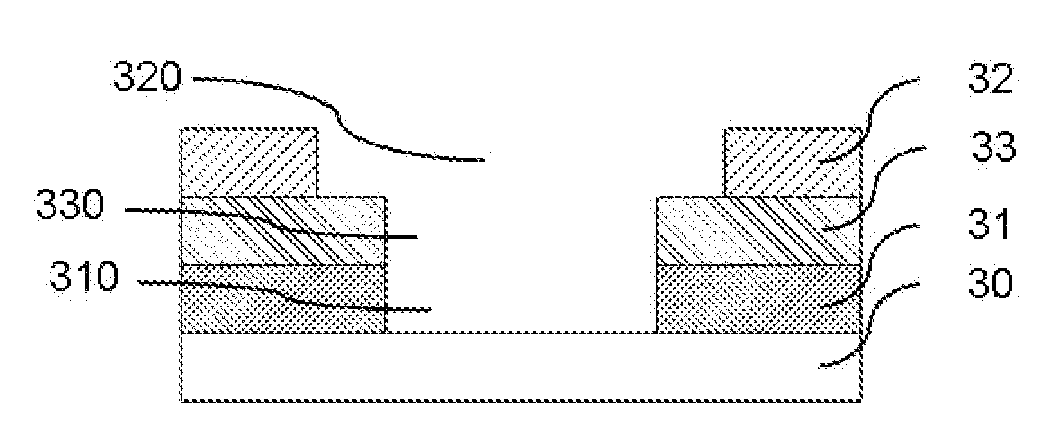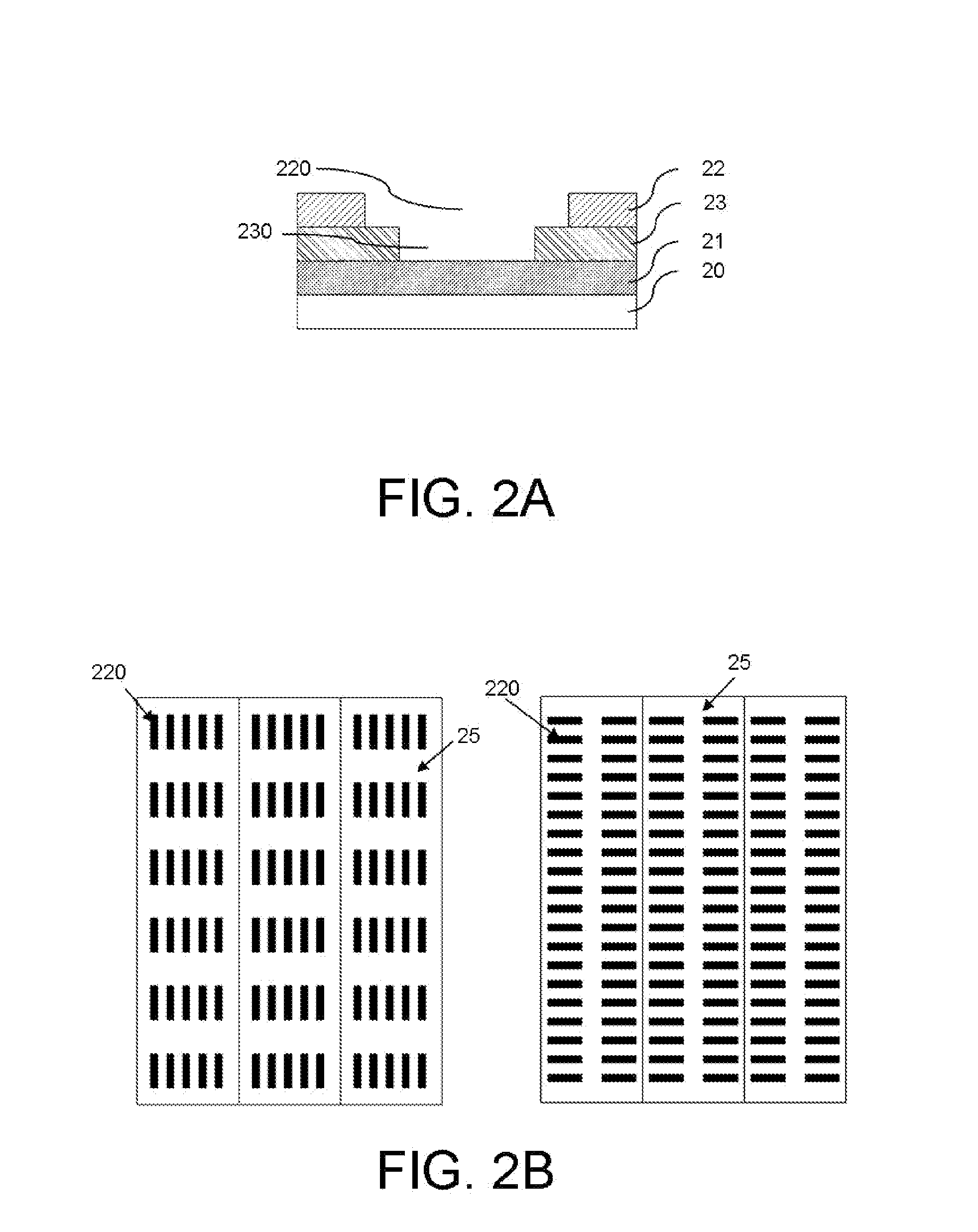Translucent solar cell and manufacturing method thereof
a solar cell and transparent technology, applied in the direction of sustainable manufacturing/processing, climate sustainability, semiconductor devices, etc., can solve the problems of short circuit between short circuits, short circuits, and increased risk of short circuits, so as to avoid short circuits, reduce manufacturing costs, and avoid insufficient light transmissibility
- Summary
- Abstract
- Description
- Claims
- Application Information
AI Technical Summary
Benefits of technology
Problems solved by technology
Method used
Image
Examples
Embodiment Construction
[0017]The present invention relates to a translucent solar cell and a manufacturing method thereof. The principle used therein regarding the photoelectric conversion of solar cells has been known to those of ordinary skill in the art and is therefore not described in detail in the following description. Also, it is to be understood that the drawings referred to in the following description are merely structural schematic views showing features of the present invention and are not made according to their actual dimensions.
[0018]FIG. 2A illustrates a cross-sectional view of a translucent solar cell in accordance with a first preferred embodiment of the present invention. The translucent solar cell 2 includes, in order of stacking, a substrate 20, a first electrode layer 21, a photoconductive layer 23 and a second electrode layer 22. The first electrode layer 21 is formed on the substrate 20 by a method selected from the group consisting of sputtering, atmospheric pressure chemical vap...
PUM
 Login to View More
Login to View More Abstract
Description
Claims
Application Information
 Login to View More
Login to View More - R&D
- Intellectual Property
- Life Sciences
- Materials
- Tech Scout
- Unparalleled Data Quality
- Higher Quality Content
- 60% Fewer Hallucinations
Browse by: Latest US Patents, China's latest patents, Technical Efficacy Thesaurus, Application Domain, Technology Topic, Popular Technical Reports.
© 2025 PatSnap. All rights reserved.Legal|Privacy policy|Modern Slavery Act Transparency Statement|Sitemap|About US| Contact US: help@patsnap.com



